Gardening Q&A
-
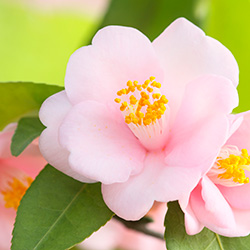
I just bought an old craftsman-style house. In the front is a really large camellia planted almost against the house. It is over 50 years old and blooms each year, but there is a lot of dead wood and it is so close to the house that it is rubbing the siding. The blooms don't last long—they get brown and mushy and fall off almost as soon as they bloom. Should I cut it back?
Unfortunately, there are times a plant cannot and should not be saved. I think you have answered your own question. Knowing that it is too close to the foundation will mean nothing but trouble in the future. It sounds like it has fallen victim to the petal blight that strikes so many old camellias, and I doubt cutting it back will solve any of those issues. It is time to take it out and put in something that pleases you. I expect you will be surprised at how much more light comes into the house once this plant is gone. I suggest you stay away from camellias in this area. Try gardenias or sweet box (Sarcococca) for an evergreen hedge or planting.
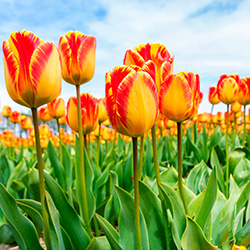
What bulbs can I plant that neither the gophers nor the deer will bother? I planted three dozen tulips last year, and two came up.
Ah, the joys of living amongst Mother Nature! The only solution for problems with gophers is to plant things in a raised bed with hardware cloth (a fine-meshed wire product) on the bottom that the gophers cannot get into. I know gardeners who plant their tulip bulbs in hardware cloth-lined holes. That is a lot of work. I say: If you want tulips, plant them in pots.
While gophers don't bother muscari or lilies, deer sometimes nip at the flowers. So as far as what to plant that the varmints will not bother, daffodils top the list. Deer, squirrels and gophers leave them alone. Daffodils are easy to grow and multiply each year with no effort on your part. They are cheerful and beautiful, and there are varieties that bloom from February to May.
-
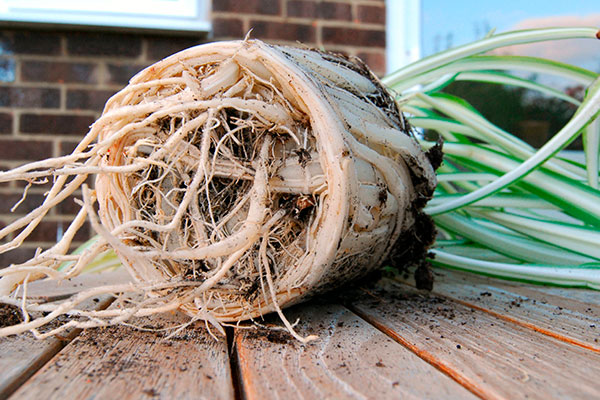
The gallon plants I bought at the nursery are jam-packed with roots, and there's hardly any soil. Will they grow?
If the roots are growing in circles, you have to unwind them or they will never grow into the soil. I am a bit brutal about cutting off the bottom inch or so of roots and making some slices along the sides of the root growth. You want to stimulate the plant into putting out new roots that will grow in your soil. While the plants are acclimating, keep them well watered, but not soggy. Sprinkling the leaves daily helps with water lost to transpiration.
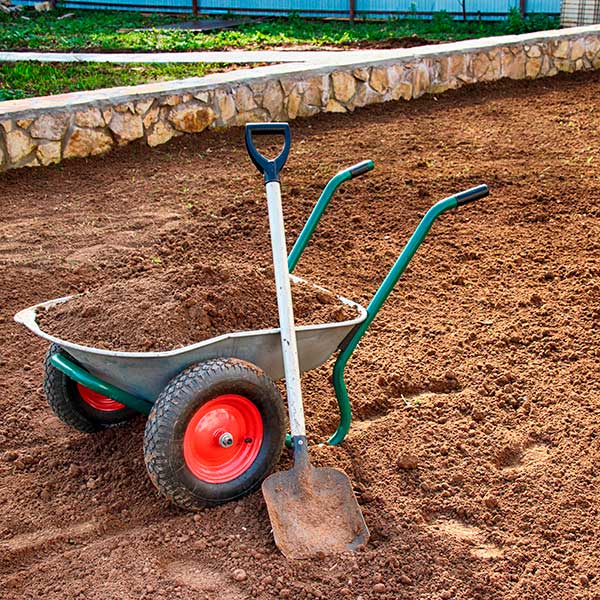
I've cleaned out the plants from my vegetable garden for the winter. Do I need to do anything else to be ready for next year?
Add compost to the soil. If fact, add compost every time you take out one crop and put in another. Many gardeners plant a cover crop for winter—fava beans, for example—and then turn the crop under in the spring to add nutrients to the soil. Do an online search for "cover crops" and you'll get plenty of advice.
It is good to let vegetable beds be fallow for part of the year. It's letting the soil get a rest. You might cover the soil with straw to keep the rains from pounding on it. However, a straw mulch comes with its own problems: You'll have wheat sprouting in the spring! Whatever you use for mulch, be sure to pull it away rather than turn it into the soil. You don't want the mulch stealing the nutrients as it breaks down.
-
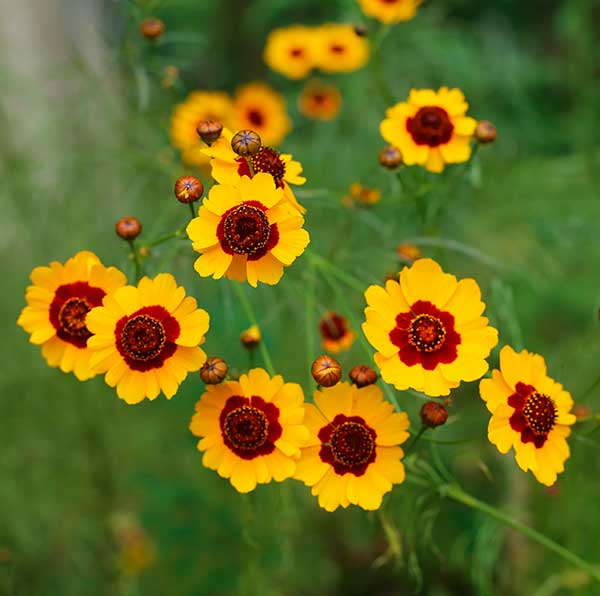
I want to have a garden full of perennials such as coreopsis, columbine, foxgloves and all of those wonderful flowers you hear about in cottage gardens, but I am on a tight budget. Can I plant them from seed?
Absolutely. And now is the time to plant seeds of those plants so you have nice, healthy starts to put in the garden this fall. There are two ways to go about this. First, you could buy a few of the plants you desire and let them go to seed. Either collect the seed as it ripens (the plant will be your guide) or let it fall where it may for new plants for next year. The second option is something I enjoy every year: browsing through seed catalogs. I do my ordering online, but find the most enjoyment in having a hard copy of a catalog and a cup of tea while it is stormy outside. Some of my favorites include Seeds of Change, Johnny's Selected Seeds, Abundant Life Seed Foundation, Seed Savers Exchange and J.L. Hudson. Also, don't forget the seed rack at your local nursery.
When you plant your seeds, use a good planting mix, keep the soil damp but not waterlogged and make sure the seedlings get plenty of sun once they germinate. Too little sun and they will be leggy; too much and they will burn. Morning sun is best. If you have sown them in flats, you'll have to pot them into larger containers once they get their first set of true leaves. If you have potted them in larger containers, they can stay there until it is time to put them in the ground.
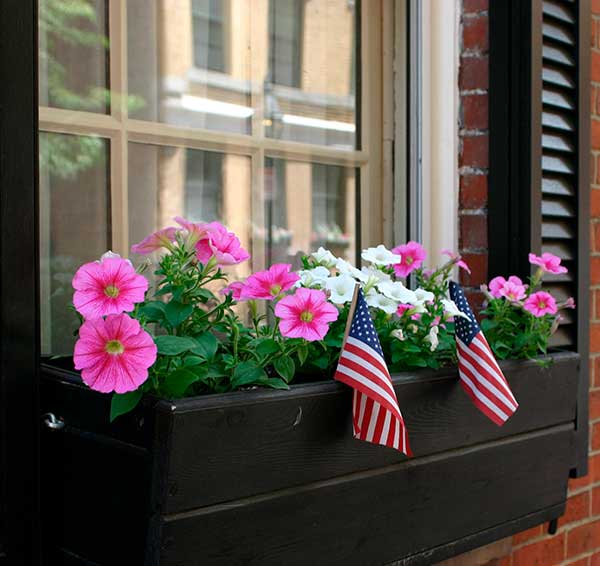
What kind of soil do I use for a window box?
Choose a planting mix that has plenty of compost in it. Avoid sterile mixes. Because a window box is like a pot and every time you water you are washing nutrients away, I'd add a time-release fertilizer to the mix.

